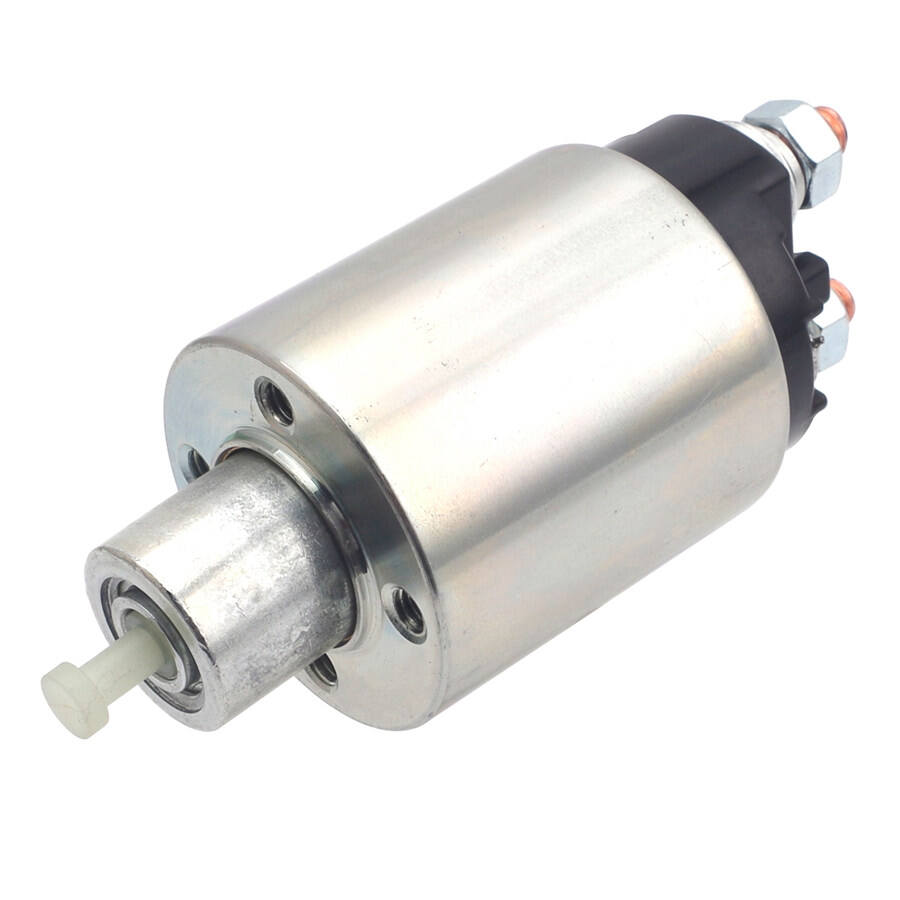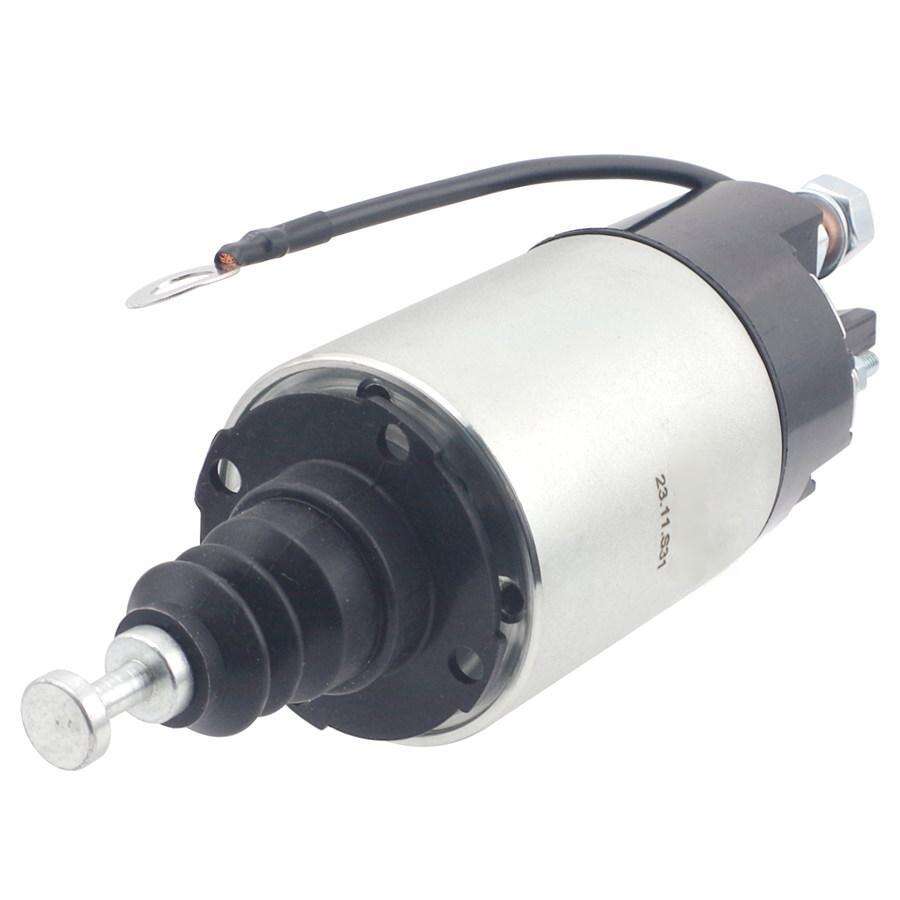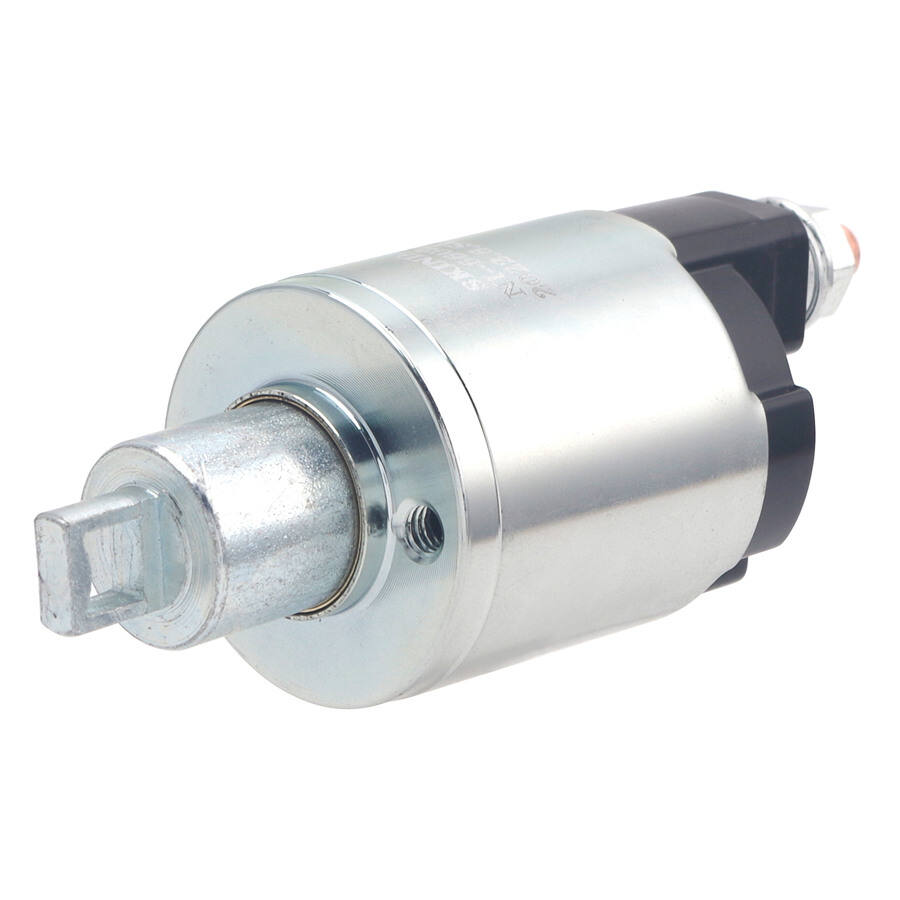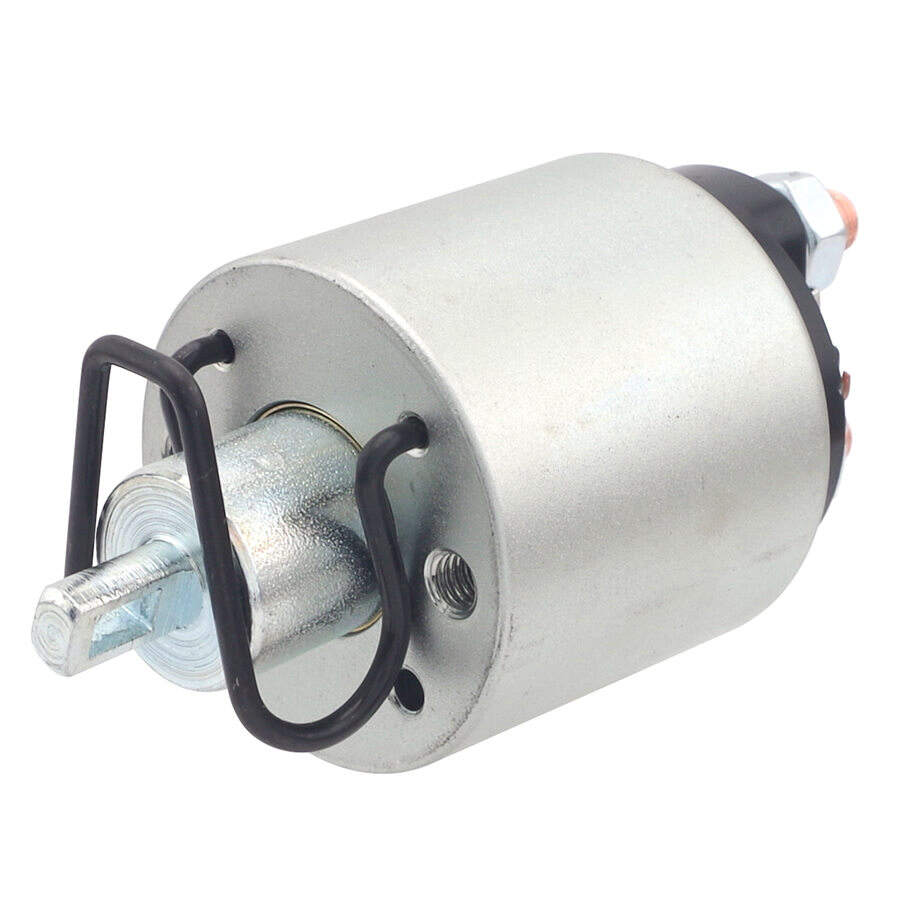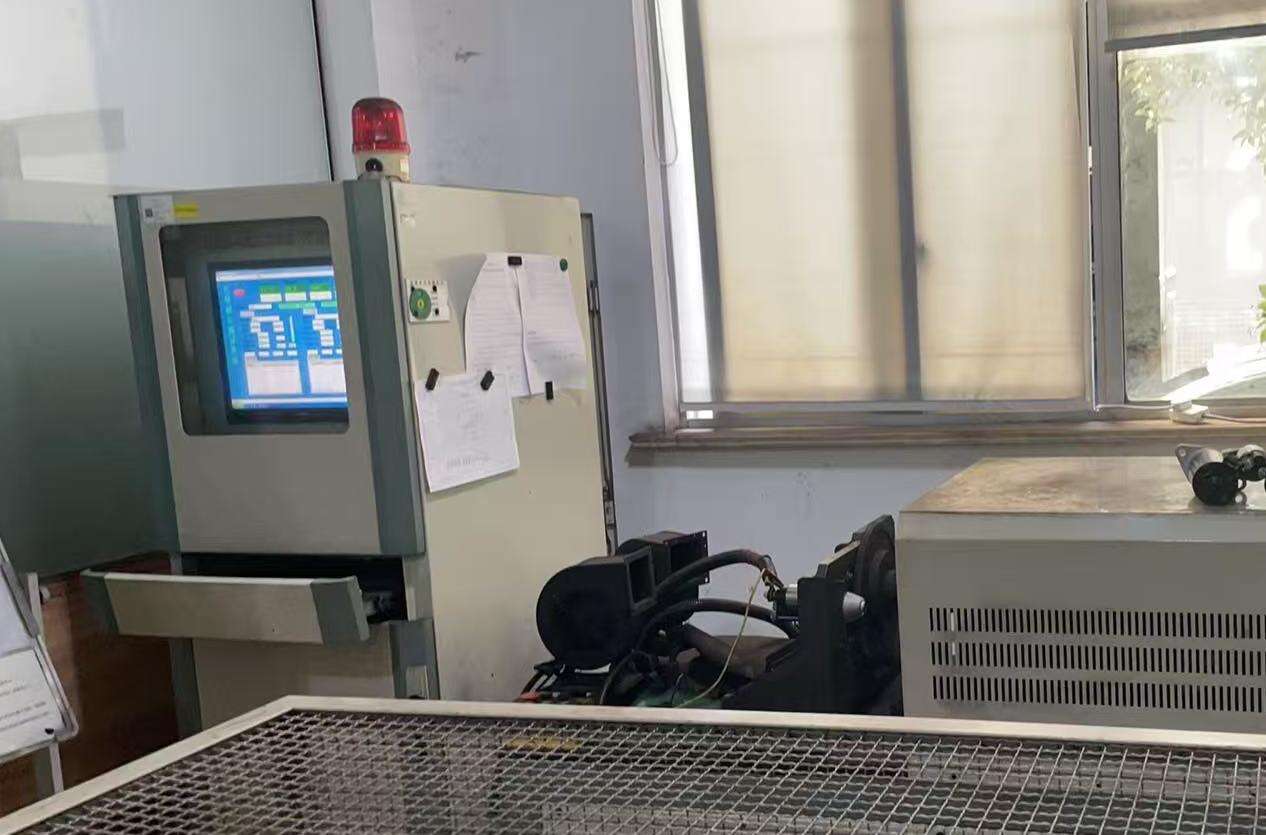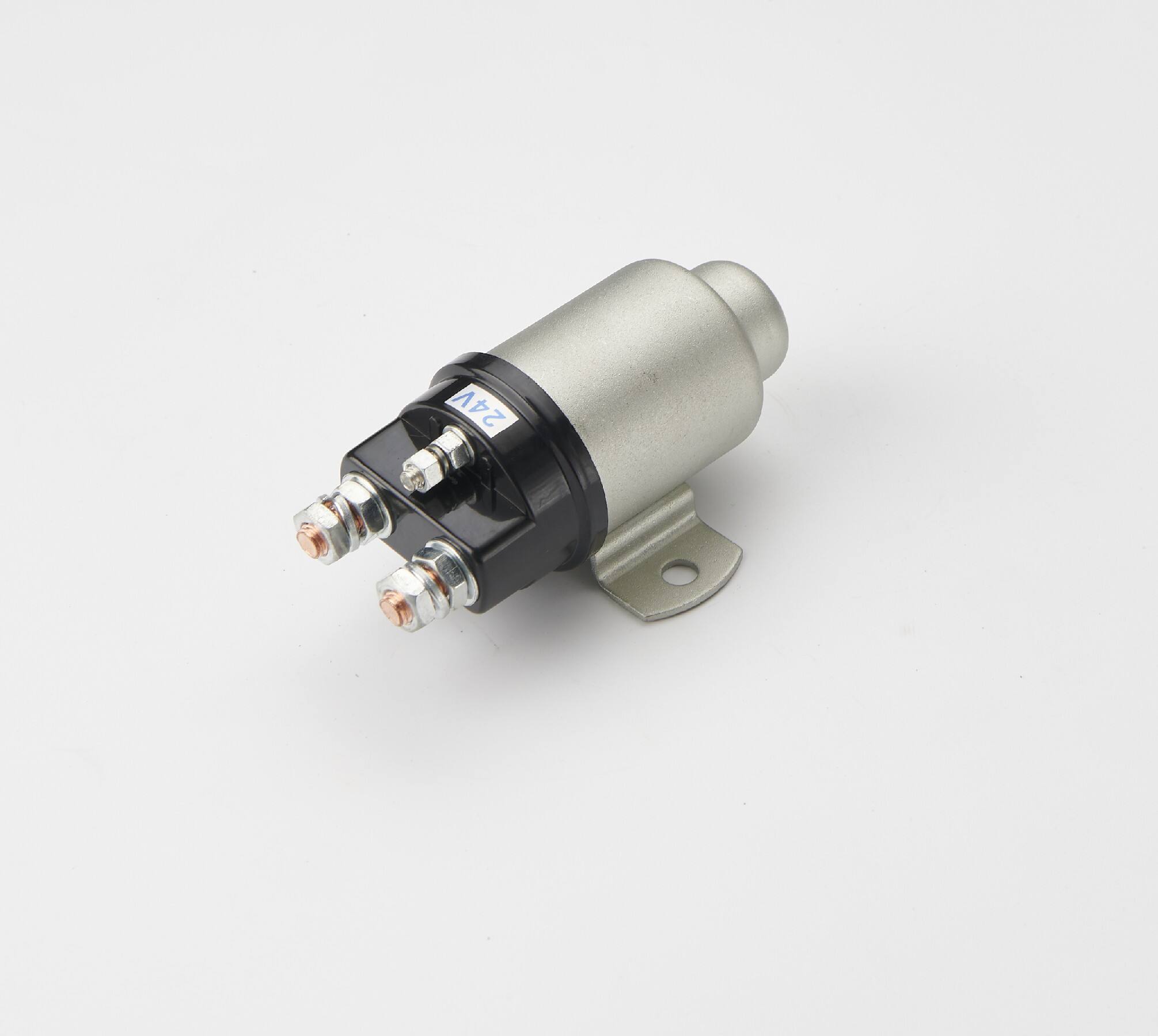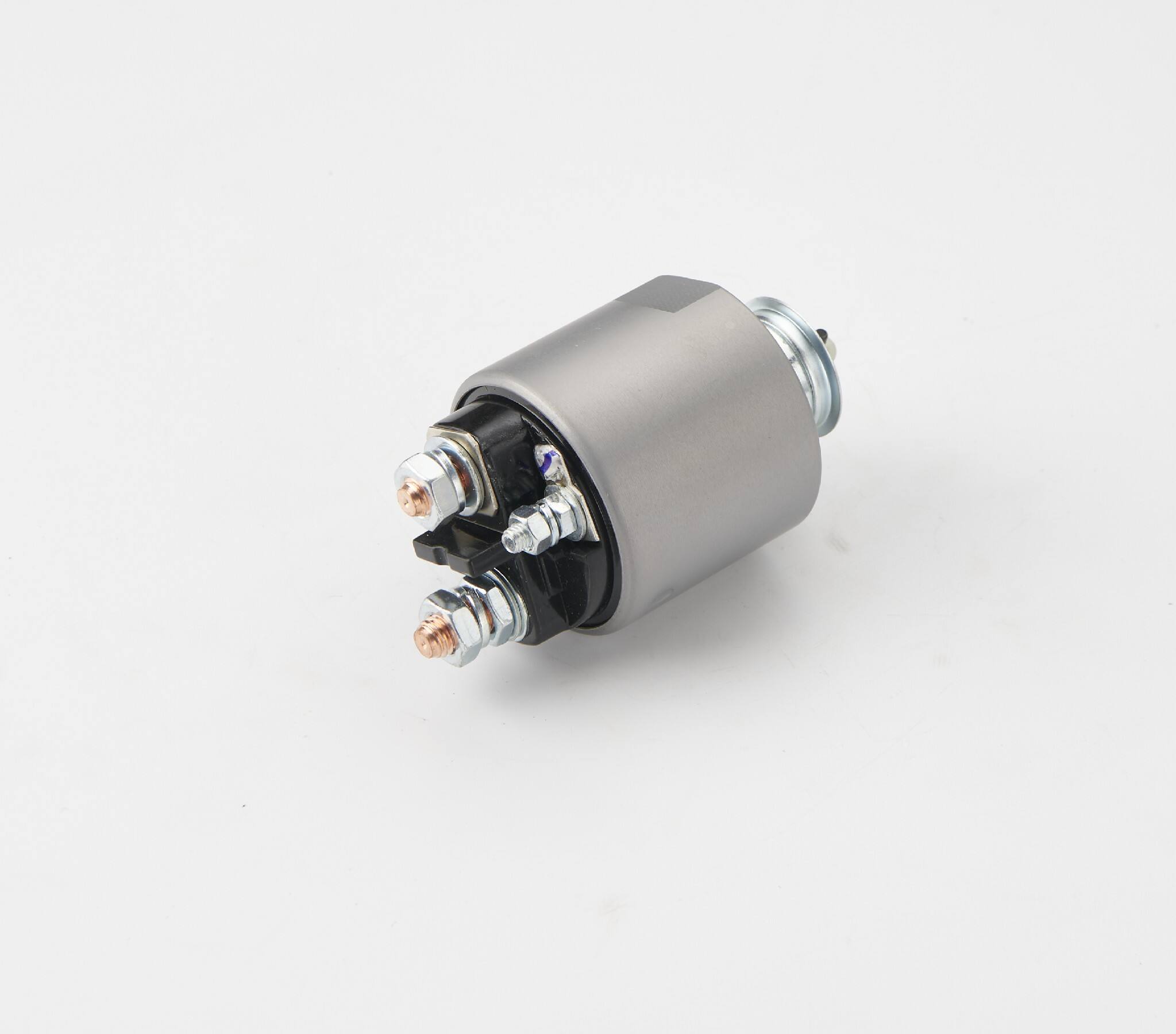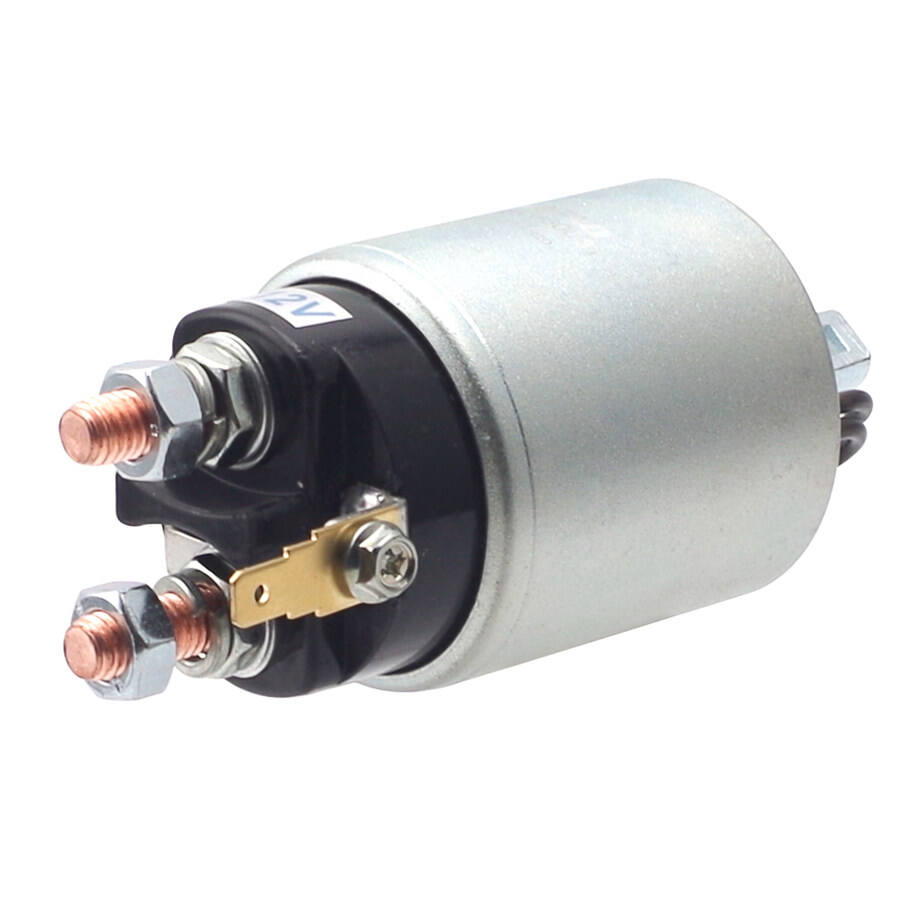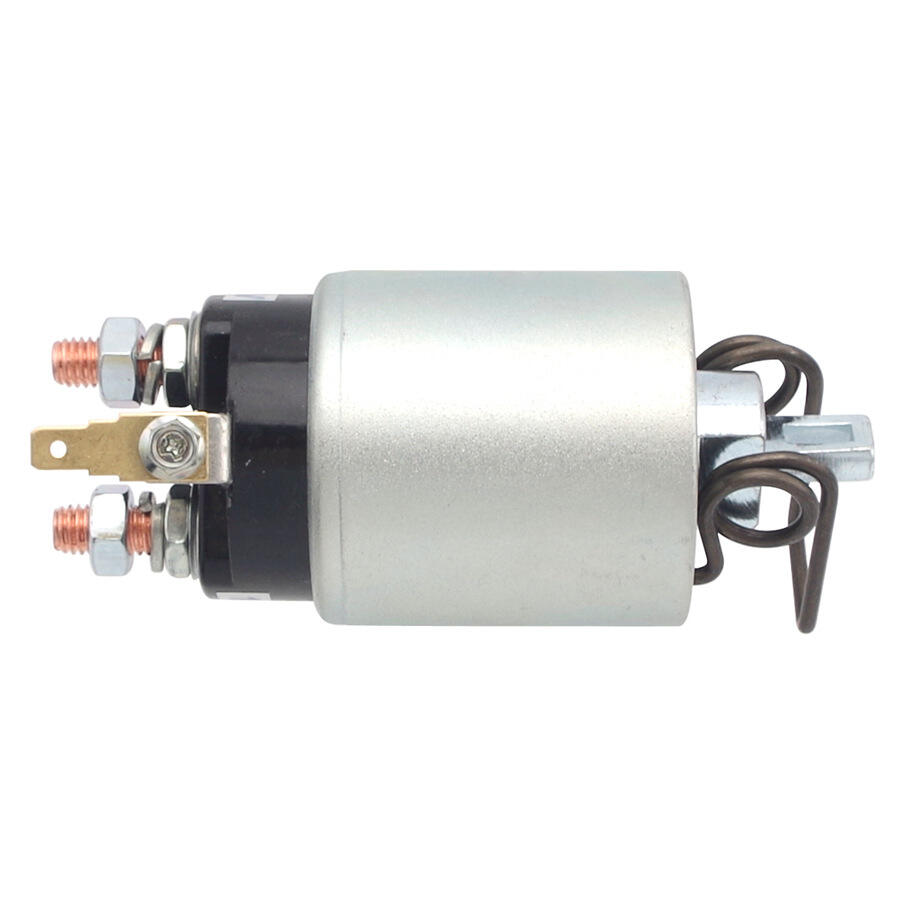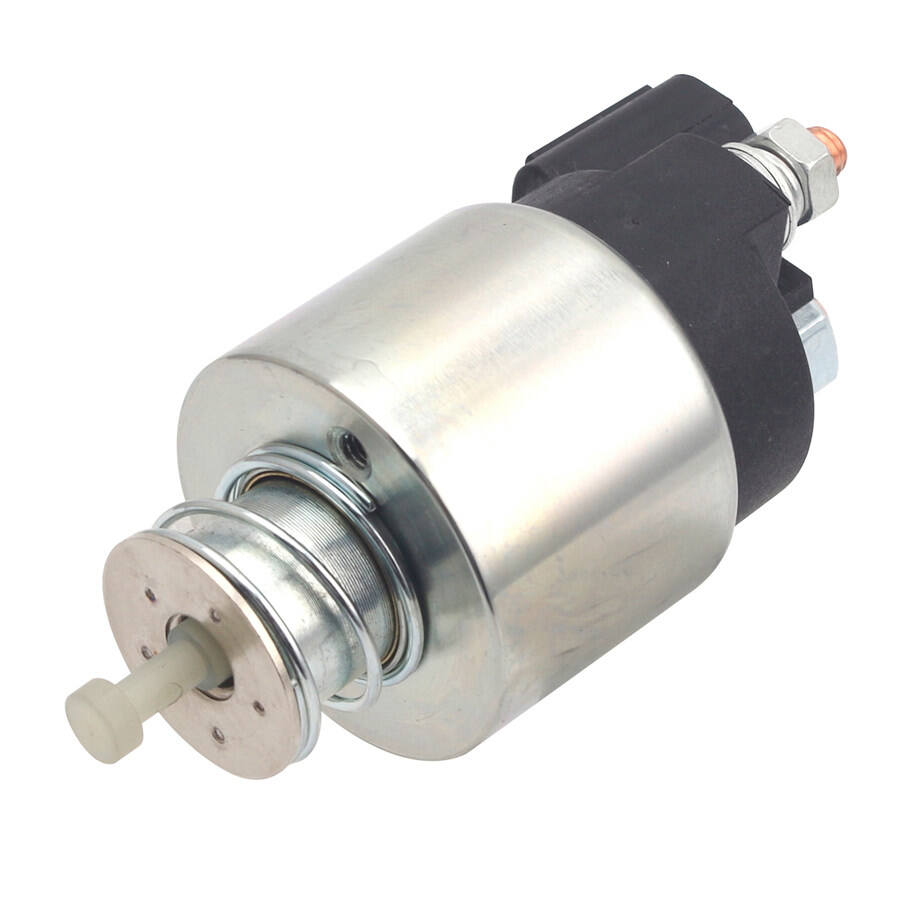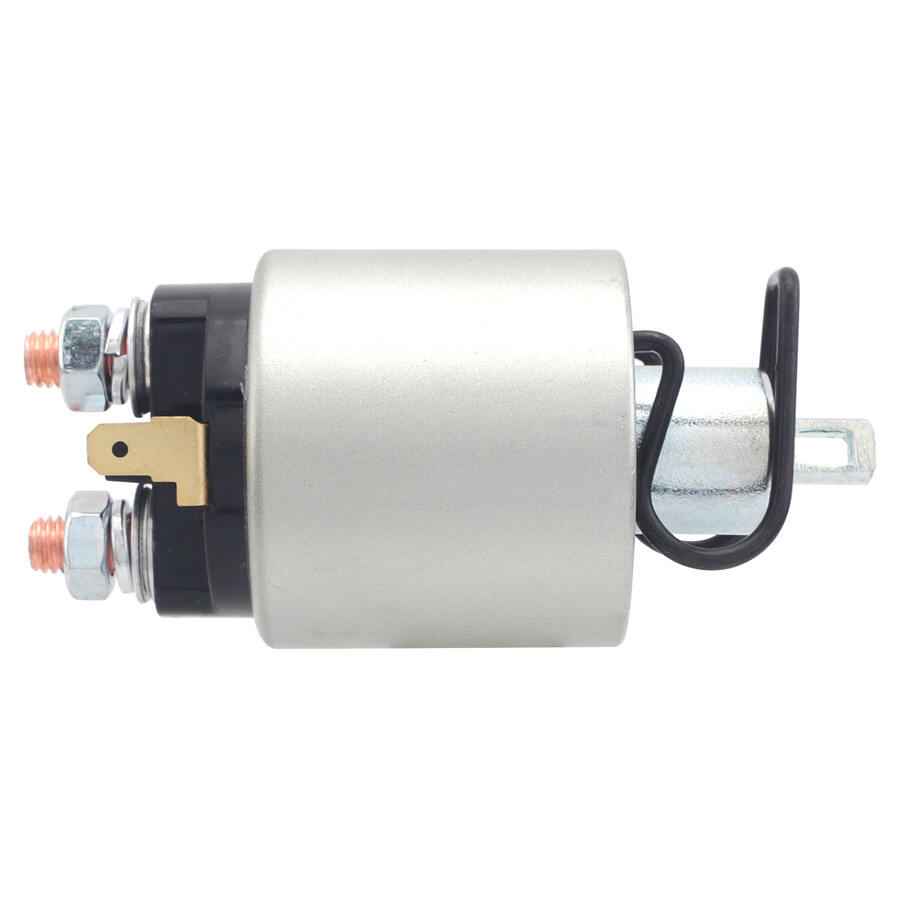self starter solenoid switch
A self starter solenoid switch is a crucial electromagnetic device that serves as the primary control mechanism in vehicle starting systems. This essential component acts as a high-current relay between the battery and starter motor, enabling the efficient transfer of electrical power necessary for engine ignition. The switch consists of two main circuits: a small control circuit activated by the ignition key and a larger power circuit that manages the heavy current flow to the starter motor. When engaged, the solenoid's plunger moves forward, connecting the battery directly to the starter motor while simultaneously engaging the starter drive with the engine's flywheel. Modern self starter solenoid switches incorporate advanced features such as integrated protective mechanisms against voltage spikes, temperature-resistant materials, and sealed housings to prevent environmental contamination. The design typically includes copper contacts for superior electrical conductivity and reinforced mounting points for durability under intense vibration. These switches are engineered to handle the high amperage required for starting vehicles ranging from small passenger cars to heavy-duty trucks, making them indispensable in automotive electrical systems.



